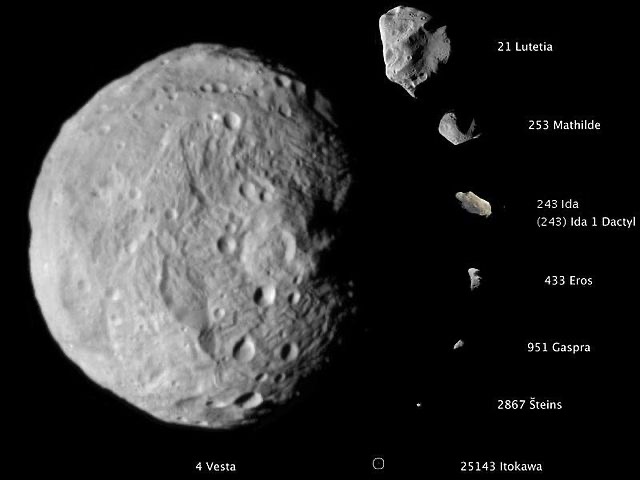NASA satellite captures ancient asteroid impact crater in Australia’s outback. The massive collision, 13 times larger than a football pitch, reshaped mountains and reveals secrets of Earth’s past.
Introduction
In a stunning discovery that bridges astronomy and geology, NASA has released satellite imagery revealing a colossal asteroid impact structure in Australia’s remote Northern Territory. Dubbed the Amelia Creek Impact Structure, this ancient scar on Earth’s surface tells a dramatic story of destruction, power, and planetary change. The asteroid that struck here was enormous—13 times the size of a football pitch—and left behind a geological formation that may have actually helped raise mountains.
This new insight not only adds to our understanding of Earth’s turbulent past but also provides valuable clues as scientists study how to protect our planet from future space threats.
Where Is the Amelia Creek Impact Structure?
The site is located in the Davenport Range, a rugged and often overlooked mountain region in Australia’s Northern Territory. For years, geologists suspected unusual formations in the region were remnants of something powerful. But it wasn’t until NASA’s Landsat 8 Operational Land Imager captured high-resolution photos that the full picture became clear.
The impact structure appears as a “canoe-shaped trough,” visible even from space. Measuring roughly 5 kilometers long (3 miles) and 1 kilometer wide, it breaks the pattern of surrounding terrain, standing out like a wound in the earth.
The Asteroid: How Big Was It Really?
The asteroid responsible for the Amelia Creek formation is estimated to have been about 1.5 kilometers (0.93 miles) in diameter. To help you visualize that, it was 13 times the length of a standard football pitch. That’s enough mass and momentum to cause catastrophic damage—not just creating a crater, but permanently reshaping the Earth’s surface.
When it struck, it likely released energy equivalent to hundreds of nuclear bombs, sending shockwaves through the ground and vaporizing everything in its path.
What the NASA Image Revealed
Captured by the Landsat 8 satellite, the new image provided scientists with an unmatched view of the terrain. From above, the impact site forms a warped, almost oval depression with folded ridges, twisted rock layers, and a visible shift in the local topography.
Geologists describe the visual as resembling a canoe sliced into the land, caused by the enormous pressure that pushed the Earth’s crust inward, then upward—turning flat terrain into fractured ridgelines.
How This Asteroid Created a Mountain
When asteroids of this magnitude hit the Earth, they don’t just leave holes—they reshape continents. The kinetic energy from this impact would have compressed bedrock, fractured tectonic plates, and forced massive chunks of crust to heave upward.
That’s what we see in the Davenport Range today. The mountain-like ridges weren’t just created by tectonic pressure from inside Earth, but by an external object smashing down from space. This impact likely helped sculpt the mountain range, making it one of the rare known cases where extraterrestrial collisions played a major role in local geology.
When Did It Happen?
While the exact date of the Amelia Creek impact remains uncertain, geologists believe it occurred hundreds of millions of years ago, likely in the late Precambrian or early Paleozoic eras. That places the event somewhere between 541 million to 1 billion years ago, long before the age of dinosaurs.
Back then, Earth was a very different planet—barren, volatile, and frequently bombarded by space rocks. This asteroid may have been one of the most significant events in that era’s geological timeline.
Why This Discovery Matters
Why does it matter if a giant rock hit Australia a billion years ago? Because it tells us something crucial: asteroid impacts are part of Earth’s story. They’ve shaped continents, caused mass extinctions, and left geological fingerprints still visible today.
Studying these structures helps scientists:
- Understand how craters form and evolve
- Gauge the frequency of large impacts
- Improve predictive models for future asteroid threats
The Amelia Creek Impact Structure is now a natural laboratory, offering clues not just about Earth’s past—but about how we might defend it in the future.
What This Means for Future Asteroid Monitoring
NASA, along with other space agencies, is actively tracking thousands of near-Earth objects (NEOs)—asteroids and comets whose orbits bring them close to our planet. While a collision like Amelia Creek’s is rare, it’s not impossible.
Discoveries like this remind us of what’s at stake. Projects like NASA’s DART mission, which recently tested asteroid deflection, are designed to prevent the kind of planetary reshaping witnessed at Amelia Creek.
This isn’t just history. It’s a warning from the past.
Conclusion
NASA’s discovery of the Amelia Creek Impact Structure is more than just a fascinating geological footnote—it’s a powerful reminder of Earth’s vulnerability and resilience. An asteroid, over a kilometer wide, once collided with our planet and reshaped the land so dramatically that its effects are still visible today, hundreds of millions of years later.
Thanks to cutting-edge satellite imagery and the brilliant minds interpreting it, we’re not just uncovering ancient secrets—we’re also preparing for tomorrow.
FAQs
1. How big was the asteroid that hit Australia?
The asteroid was about 1.5 kilometers (0.93 miles) wide—around 13 times the length of a football pitch.
2. Where is the Amelia Creek Impact Structure located?
It’s in the Davenport Range in Australia’s Northern Territory.
3. When did this impact occur?
Scientists estimate it happened between 541 million and 1 billion years ago.
4. How was the crater discovered?
It was revealed using satellite imagery from NASA’s Landsat 8, showing unique terrain deformations.
5. Could something like this happen again?
Yes, which is why scientists monitor space for near-Earth objects and develop defense strategies like asteroid deflection missions.



